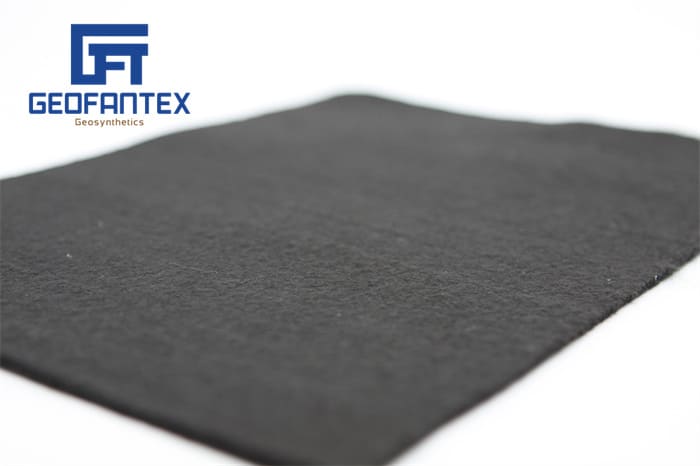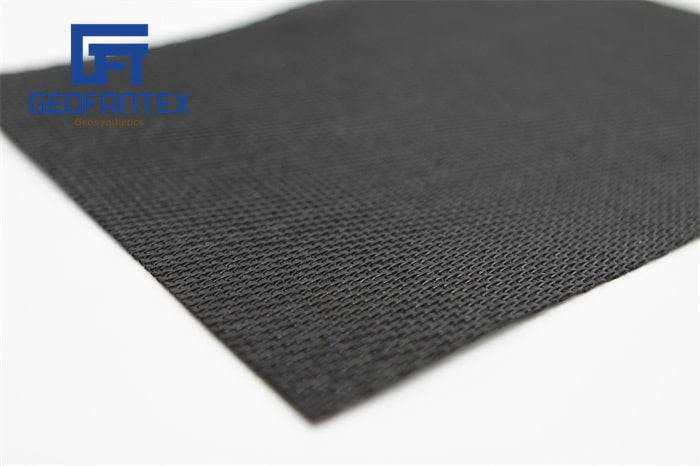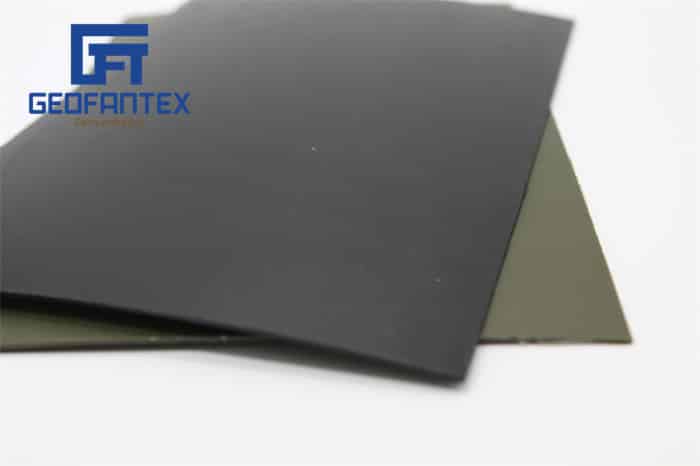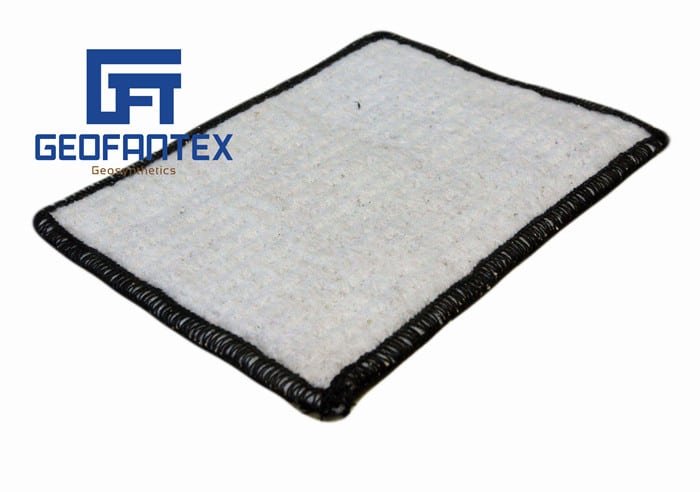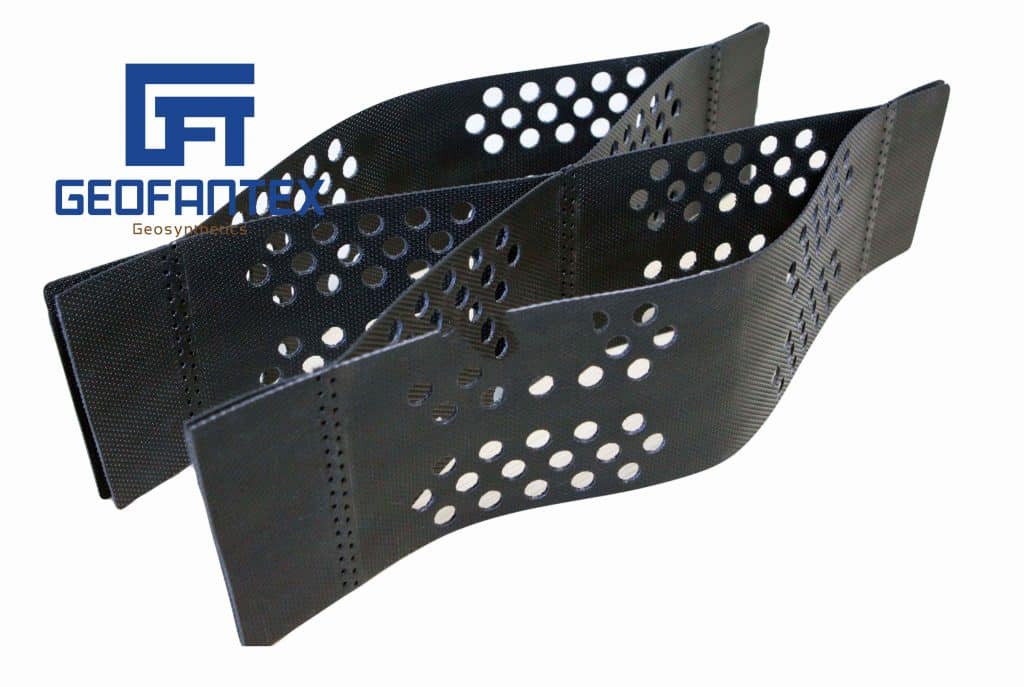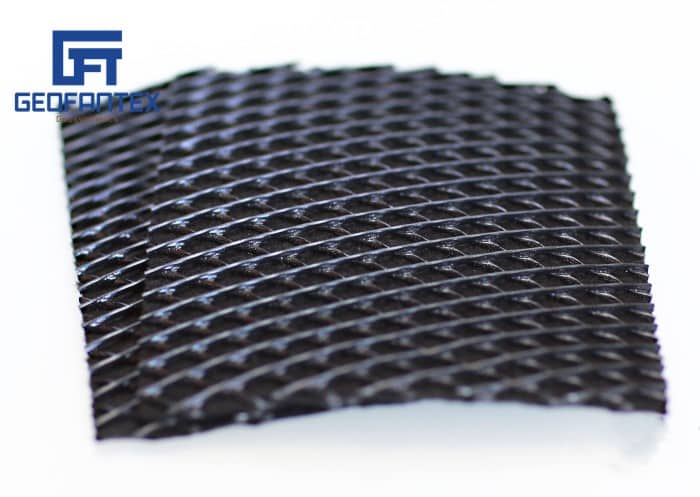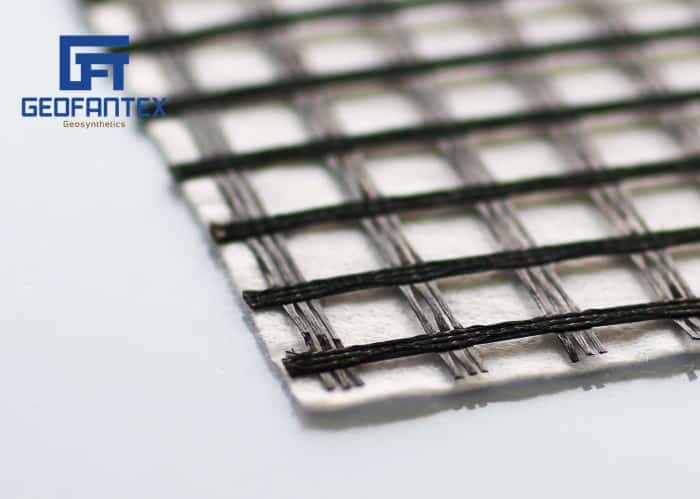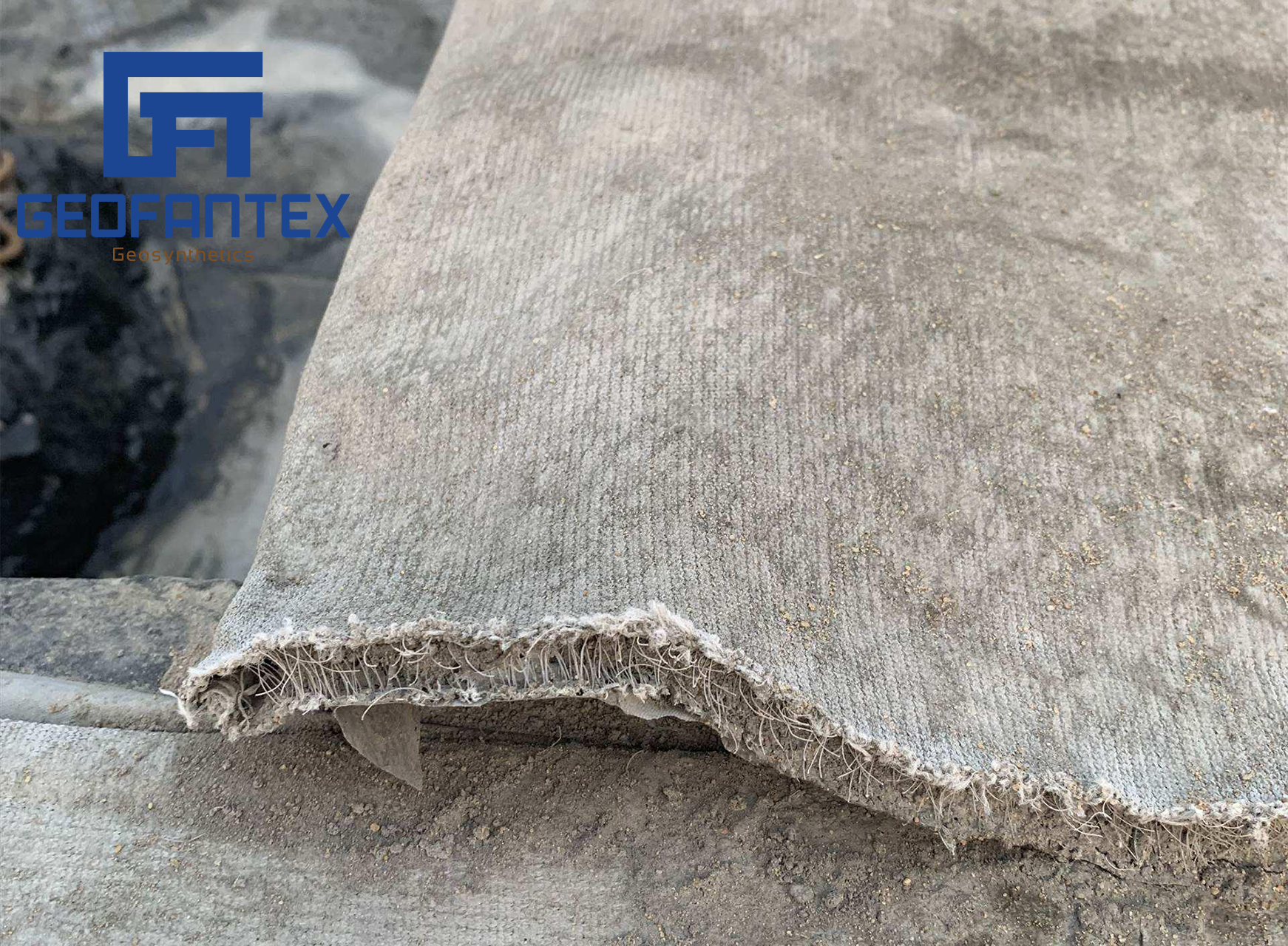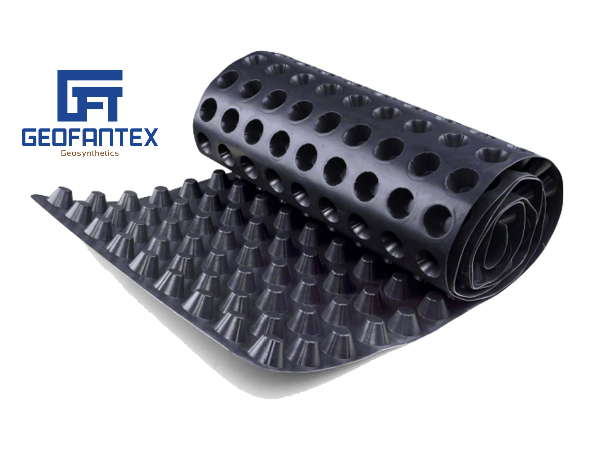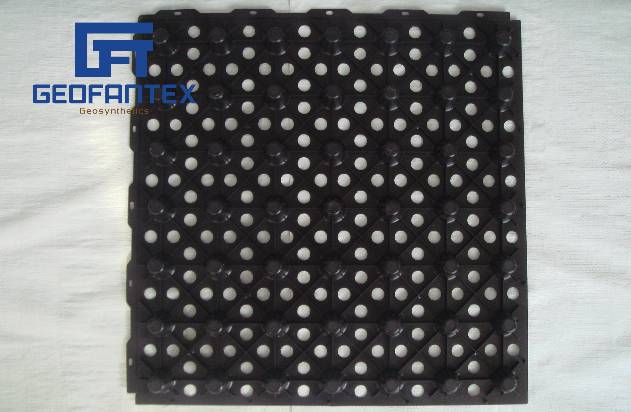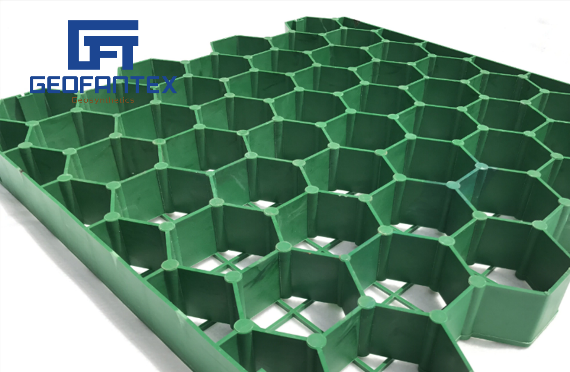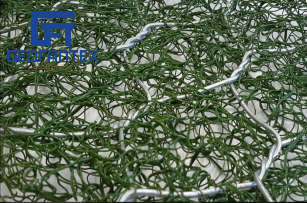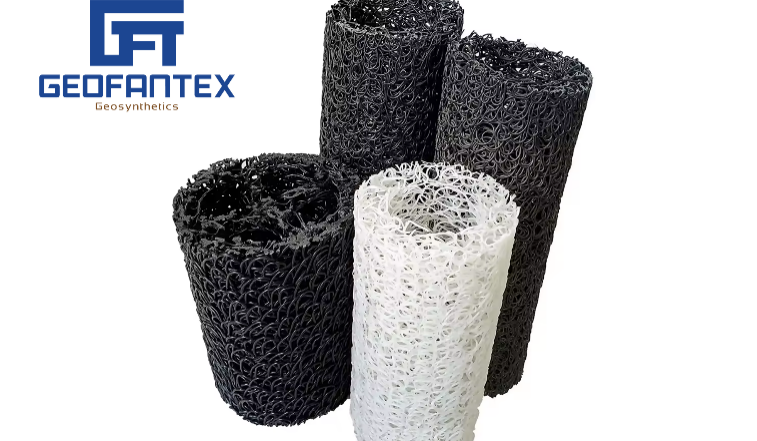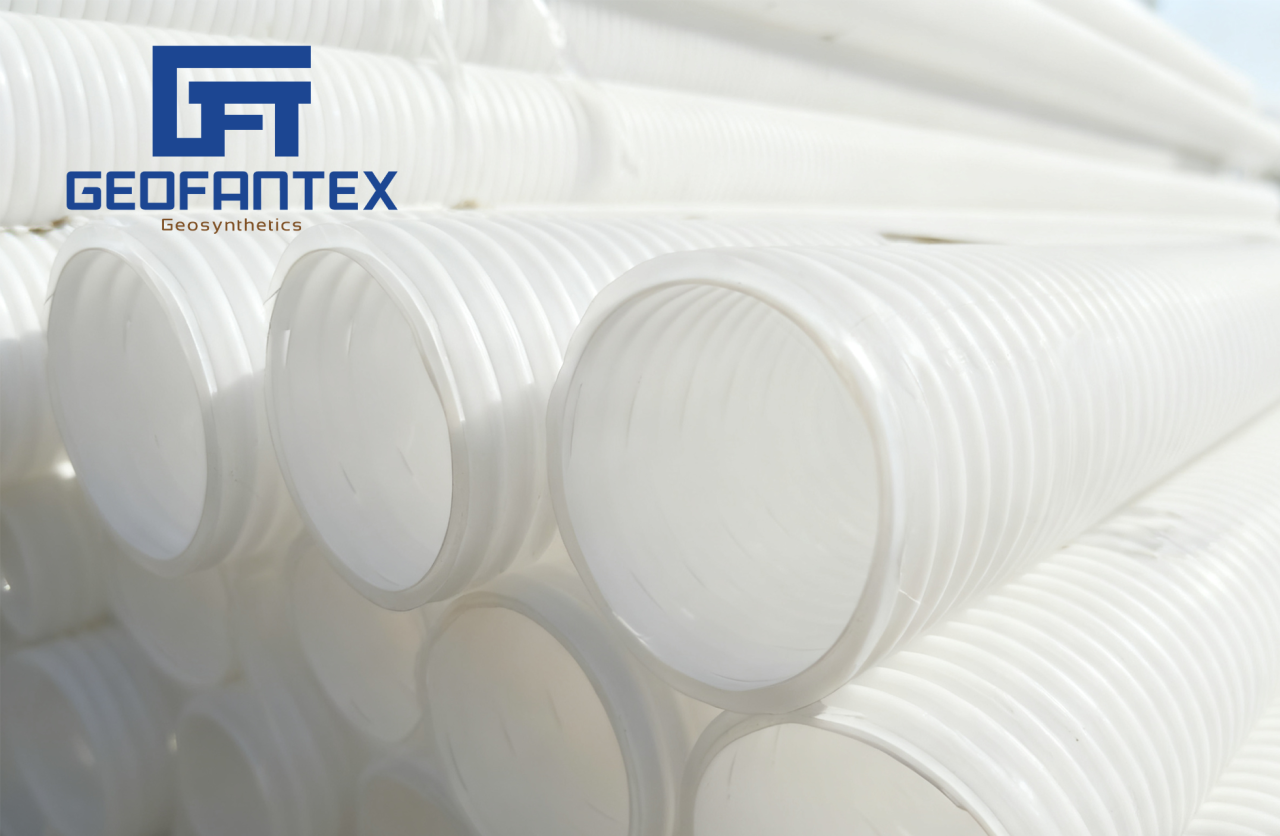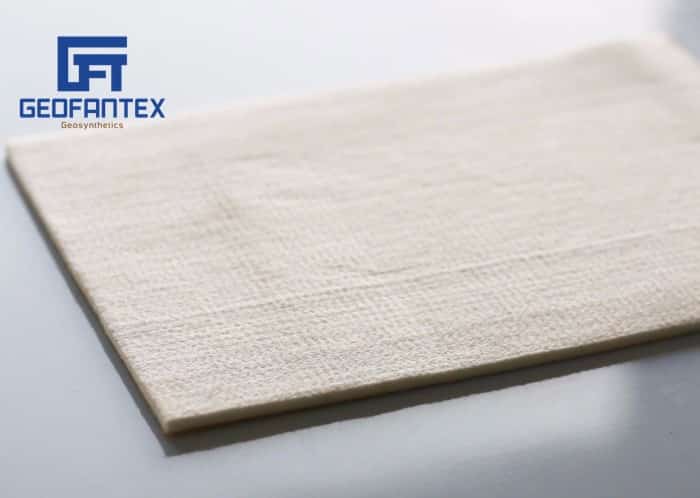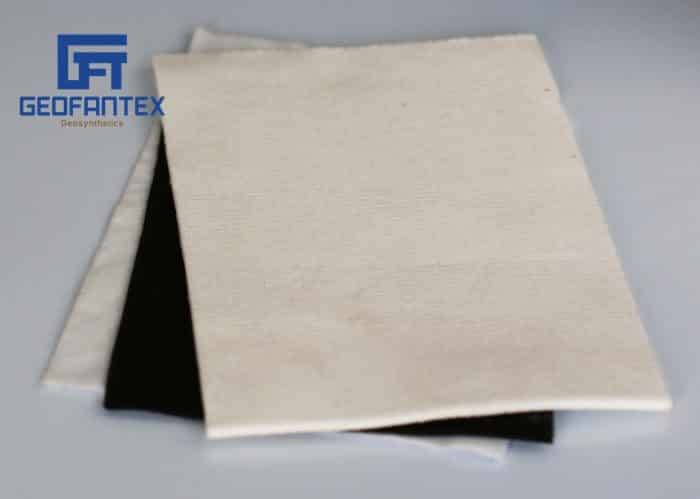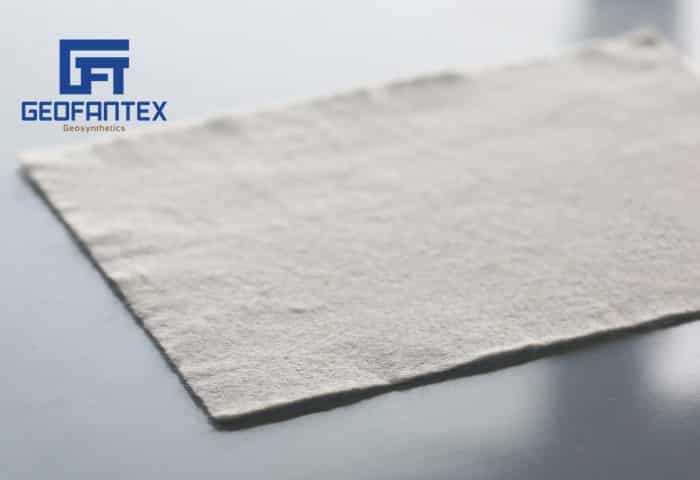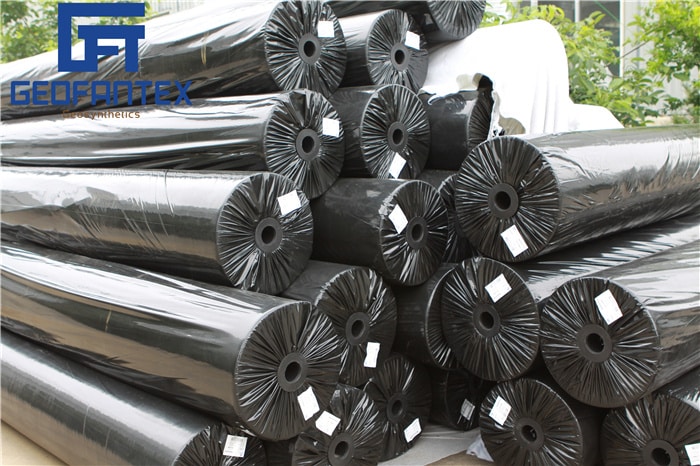+86-159 9860 6917
info@geofantex.com
geofantex@gmail.com
+86-400-8266163-44899
The HDPE geomembrane liner is a crucial material in geosynthetics, widely used for environmental protection, containment, and water management. Its durability, chemical resistance, and cost-effectiveness make it a preferred choice for various industries. Below, we address some common questions regarding its applications and benefits.

What Are the Main Applications of HDPE Geomembrane Liners?
HDPE (High-Density Polyethylene) geomembrane liners are widely used for various applications due to their durability, chemical resistance, and impermeability. Here are the main applications:
- Landfills: Used as a liner in landfills to prevent leachate from contaminating the surrounding soil and groundwater.
- Wastewater Treatment: Installed in ponds and lagoons to prevent seepage and contamination from wastewater.
- Mining: Used for heap leaching pads, tailings ponds, and containment of hazardous waste in mining operations.
- Reservoirs and Ponds: Provide water containment for irrigation, stormwater retention, and aquaculture by preventing water loss and contamination.
- Agricultural Applications: Used in agricultural ponds, canals, and irrigation systems to ensure efficient water management.
- Liner for Contaminated Sites: Used to prevent the migration of harmful substances from contaminated soil or hazardous material storage.
- Oil and Gas: Installed in areas for oil spill containment, storage of hazardous materials, and protection of surrounding environments.
These applications are driven by HDPE’s strength, flexibility, and resistance to chemical and environmental factors.
How Does HDPE Geomembrane Compare to Other Liner Materials?
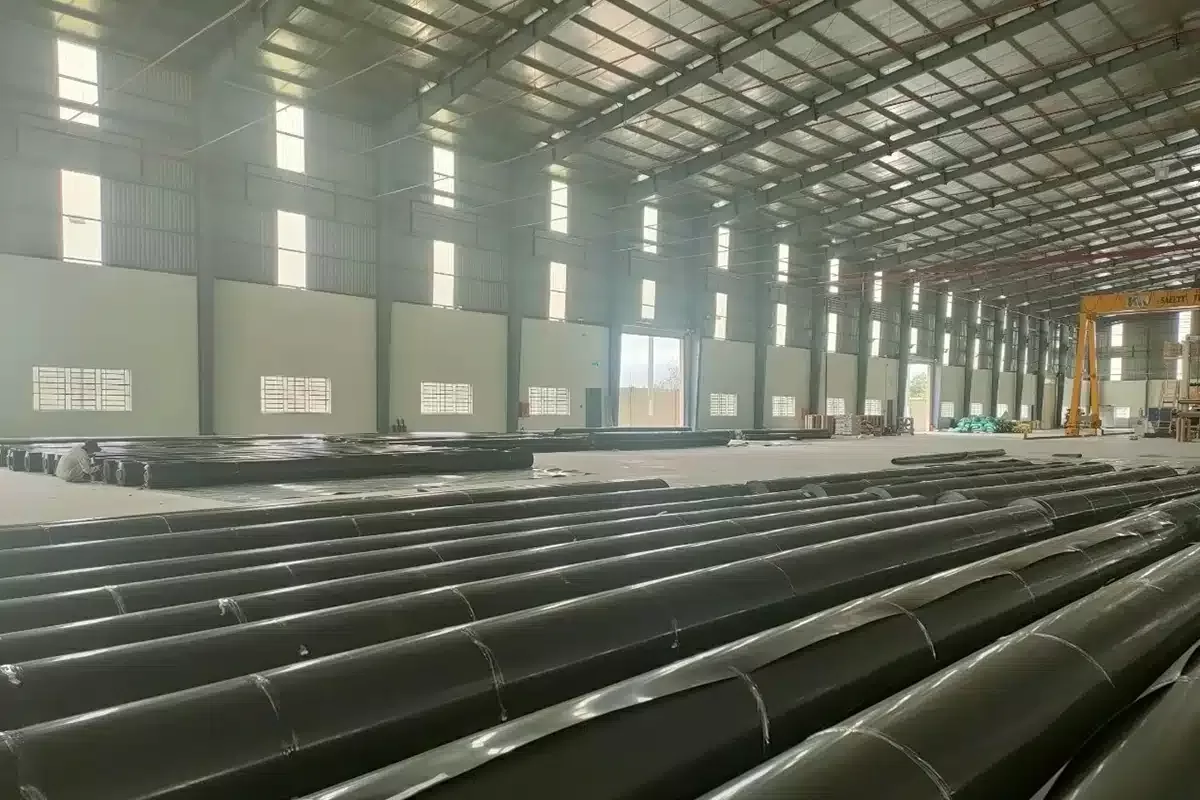
- Chemical Resistance: HDPE offers excellent resistance to chemicals, making it ideal for industrial, mining, and hazardous waste applications.
- Durability: It has a long service life (20–30+ years) and resists UV degradation better than materials like PVC and EPDM.
- Mechanical Strength: HDPE has high tensile strength and puncture resistance, suitable for heavy-duty applications like landfills and mining.
- Flexibility: Less flexible than LLDPE and PVC, which can make installation more challenging in tight or irregular spaces.
- Cost Efficiency: Although harder to install, HDPE is cost-effective over time due to its low maintenance and long lifespan.
- Environmental Resistance: Performs well under extreme temperatures and sunlight without becoming brittle or leaching additives.
- Welding and Seaming: Requires hot wedge welding by trained technicians, resulting in durable and leak-resistant seams.
What Are the Key Factors Affecting the Performance of HDPE Liners?
The performance of HDPE liners is influenced by several factors:
- Material Quality: The resin and additives affect strength and durability.
- Thickness: Thicker liners offer better resistance to damage.
- Environmental Conditions: UV exposure and temperature fluctuations can cause degradation.
- Chemical Compatibility: Exposure to certain chemicals can weaken the liner.
- Seam Quality: Proper welding is crucial for preventing leaks.
- Installation: Careful handling and smooth surfaces prevent punctures.
- Mechanical Stress: The liner must withstand tensile and compressive forces.
These factors must be carefully considered to optimize HDPE liner performance.
What Trends Are Shaping the Future of Geosynthetics?
The geosynthetics industry is evolving with advancements in manufacturing and sustainability. The demand for recyclable and eco-friendly HDPE geomembrane liners is expected to grow by 6.8% annually through 2030 (Market Research Future, 2024). Innovations in multi-layered liners and self-healing membranes are also improving performance and extending service life.
With continuous advancements and increased adoption across industries, HDPE geomembrane liners remain a critical component in geosynthetics, ensuring environmental safety and long-term containment solutions.
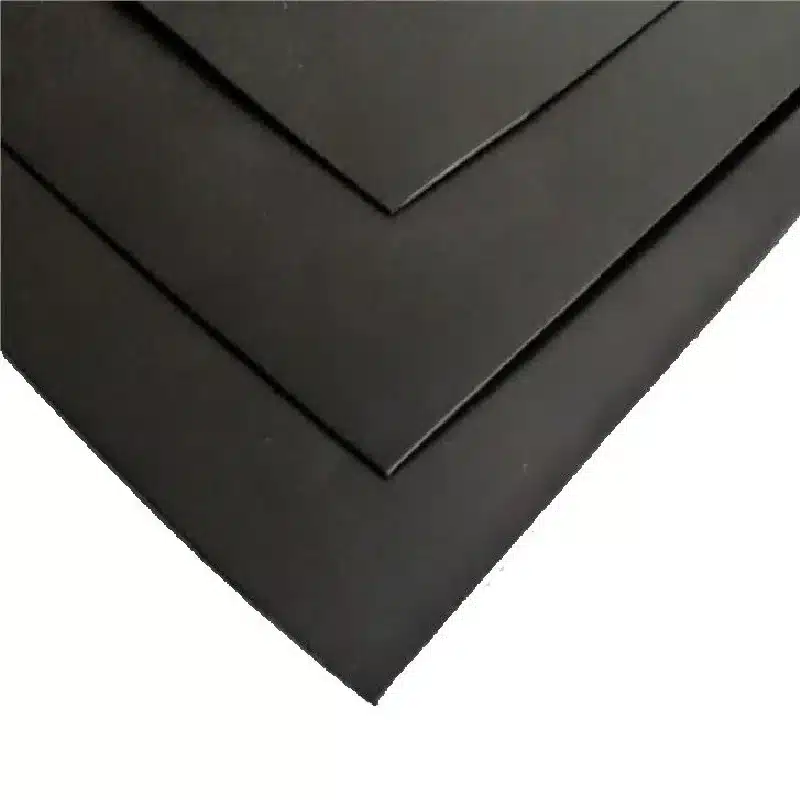
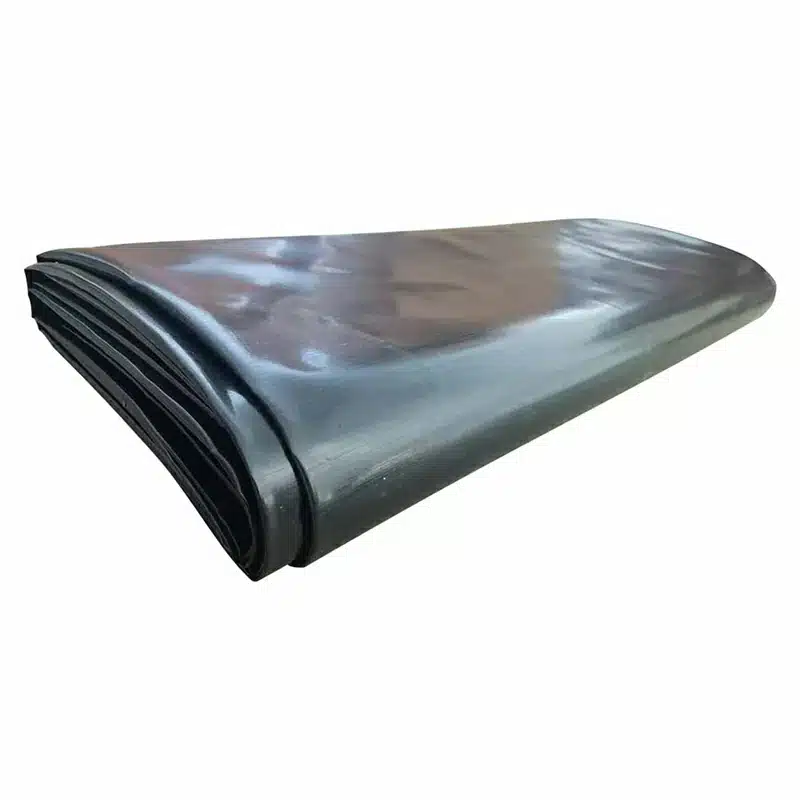
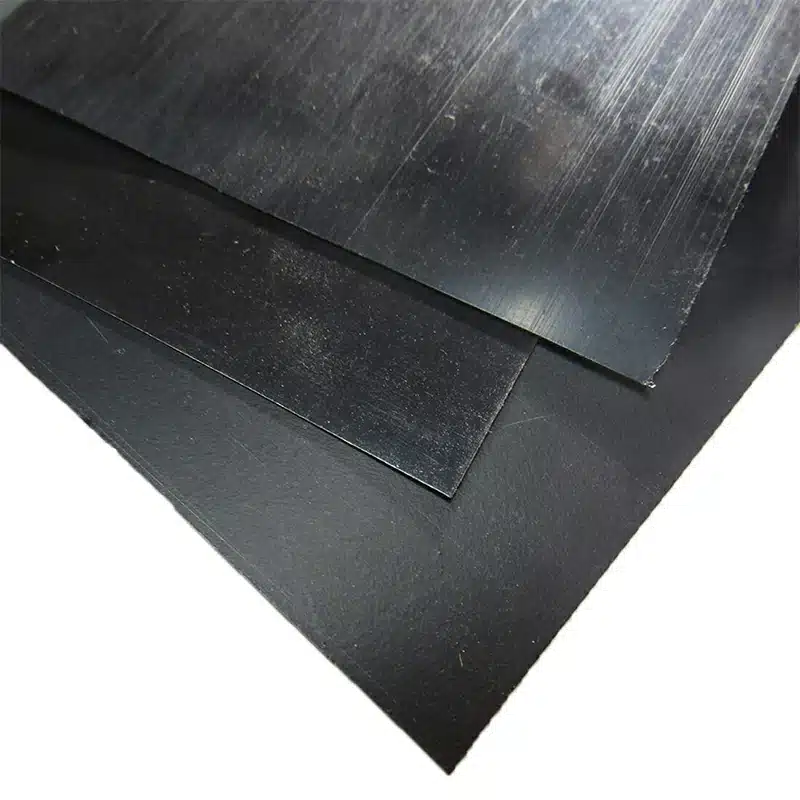
Get Free Sample
We’ll respond as soon as possible(within 12 hours)

